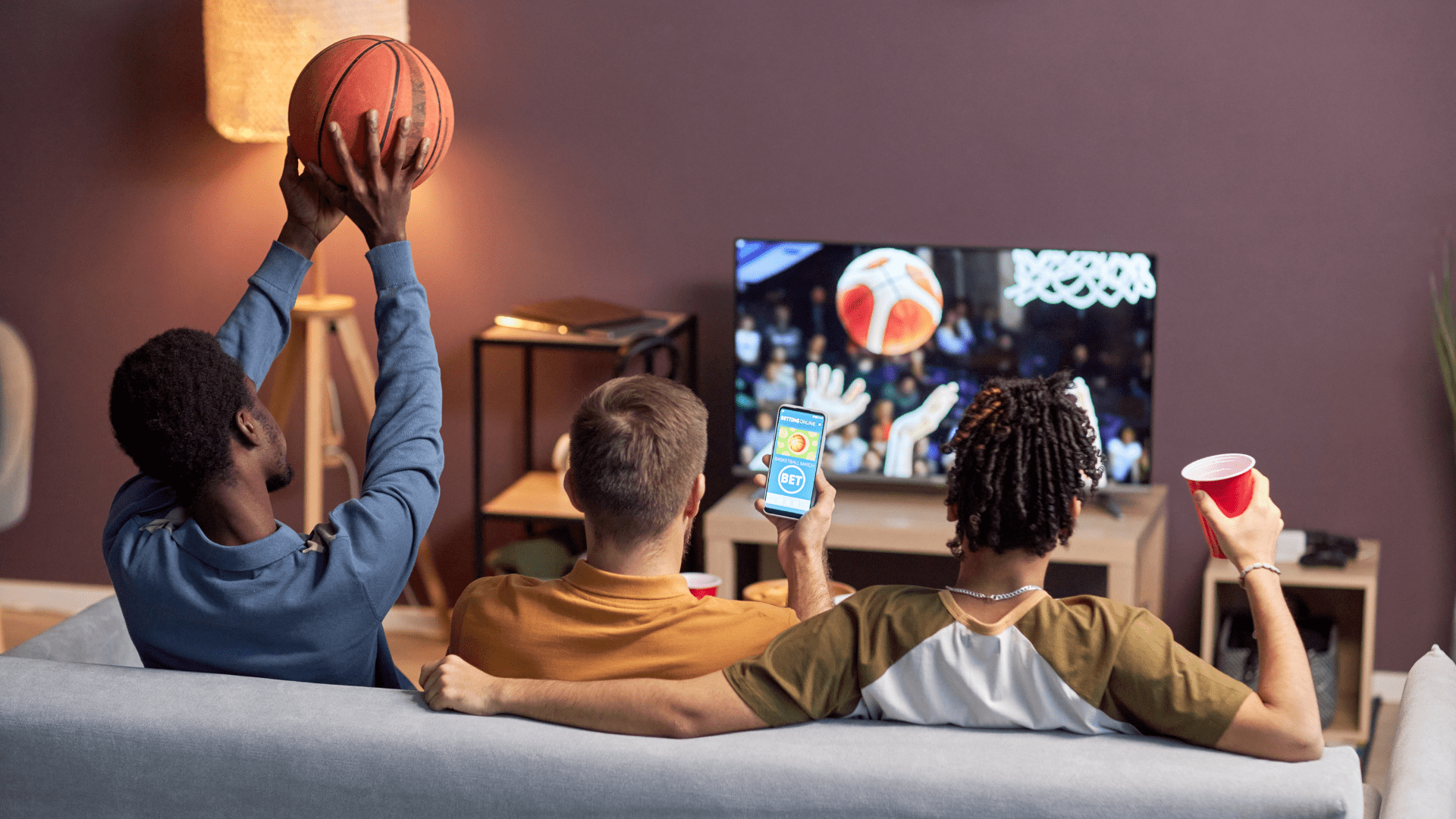
The media world we live in is changing dramatically. Before the advent of the internet, large corporations managed the distribution of sports and music content. Sports were distributed exclusively through TV networks programmed by cable companies, packaged into bundles, and sold to end users. Music distribution was controlled by labels.
Part of the original promise of the internet and the advent of streaming was the disintermediation of these companies. But that did not really happen. Instead large internet giants (like the FAANGS) set up media platforms for aggregating digital content. Nearly all creators or influencers use these internet giants to distribute their content and build their audience.
At the same time more end users are cable cutters or cable nevers, and more sports content is being aggregated by the internet giants. This has put tremendous pressure on the traditional TV network business, resulting in bankruptcies in the RSN space and dramatic shift in rights deals such as the recent deal between Disney and Charter. Music distribution largely shifted to platforms such as Spotify.
All of the above models still suffer from the same fundamental problem: content owners don’t own their audience or monetization strategy. The internet did not deliver on its original promise of disintermediation.
By using their own branded digital properties, such as websites and smart device applications, content owners can now directly reach their fans and manage their own audience databases.
Sports leagues feel the pressure from the TV networks' declining business and have gotten limited upside from streaming. Musicians only get a small fraction of the streaming platforms’ revenue. Creators are at the mercy of the internet giant’s algorithms and advertising split business model. None of them are able to build a fan database and create direct authentic relationships between the content owners and the end users.
Fortunately, a new way is emerging that allows content creators to own their audience. More content owners are using their own brand and website as a platform to build direct relationships with their fans, and collect data, finally realizing the original intent of the internet.
By using their own branded digital properties, such as websites and smart device applications, content owners can now directly reach their fans and manage their own audience databases. As streaming technology becomes interactive, richer user profiles can be created and these databases become more valuable.
In addition, content owners can now create their own content guidelines, super serve their audience through innovative productions and alternative broadcasts, and control their own business models through ticket sales, merchandising, sponsorships, and advertising. While the giant internet platforms still provide a benefit thanks to their scale, returning users, and recommendation algorithms, they will always remain walled gardens, limiting the ability of content owners to own the audiences they worked hard to build.
In short, a new era has begun, where large intermediaries will have less power to bundle content and content owners will have a direct path to fans. End users will have vastly expanded options to procure the content they want and watch it on the device of their choice. Content creators will be able to build their audiences and create new distribution and monetization methods. It is about time that the internet delivered on its original promise.







